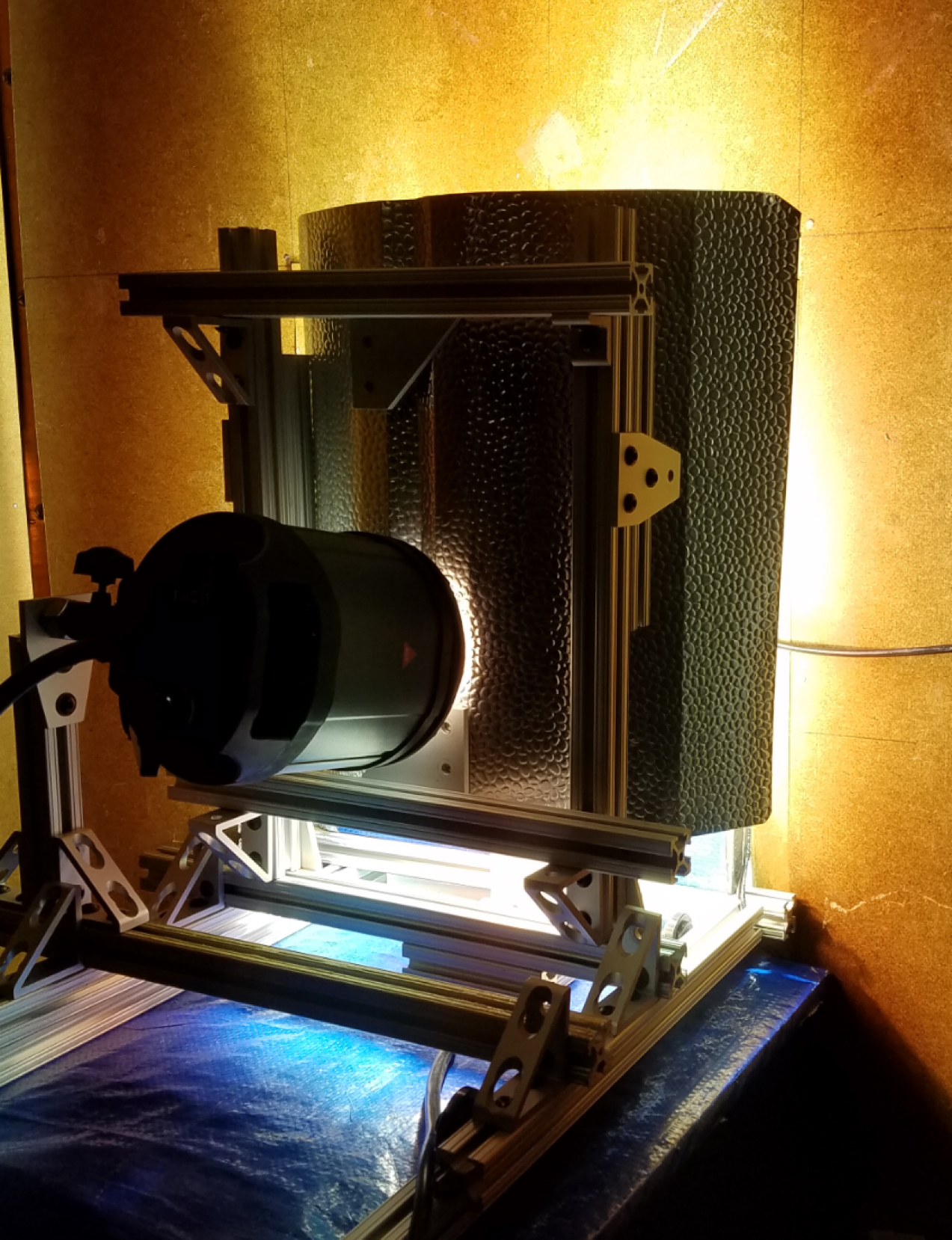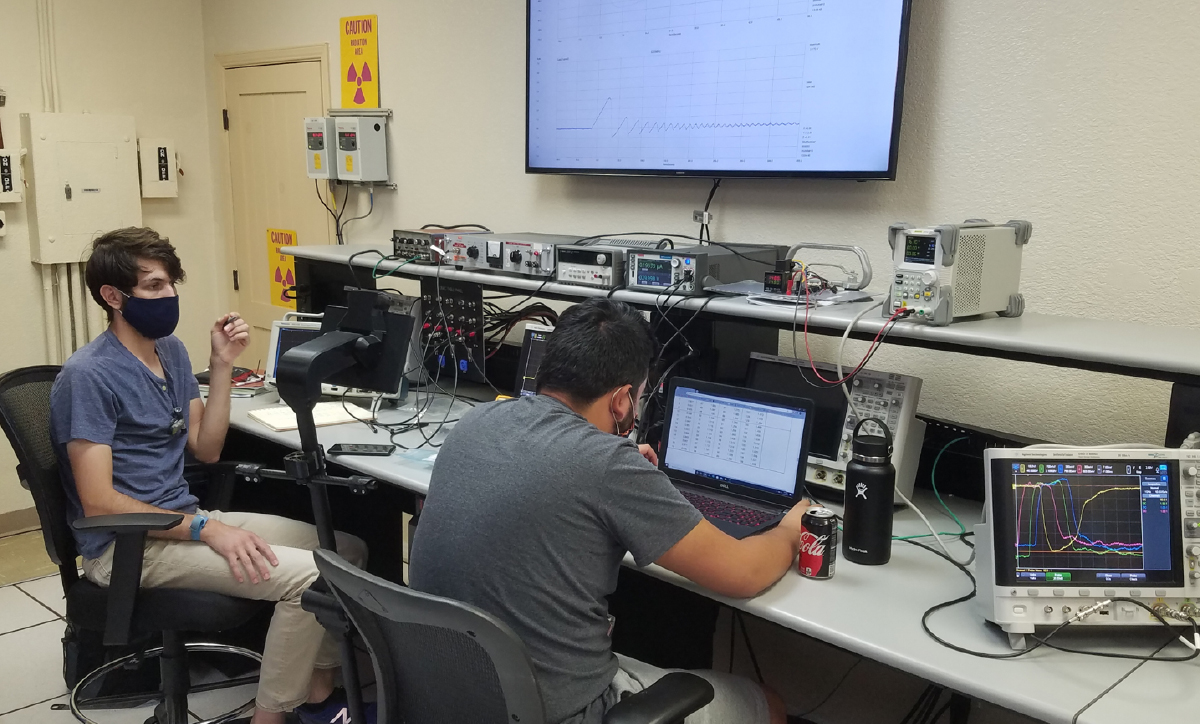Space and Radiation Effects Mitigation
COSMIAC personnel have a long history of radiation effects design, testing and mitigation. Total dose testing is an important requirement for space missions. We utilize the Kirtland Air Force Base Cobalt, Cesium, Flash X-Ray and Low Energy X-Ray sources for performing radiation measurements. TID and single event effect testing and verification is critical to understanding limits associated with parts failure prior to placing them on space missions. We also have the experience necessary to perform single-event effects testing at the various beam sources across the country (such as Berkeley). COSMIAC, in conjunction with the Northrop Grumman Corporation, is under contract to the Defense Threat Reduction Agency to develop the military standard for radiation hardening satellites and missiles from man-made and natural radiation environments.
Our long history of publications of radiation testing of commercial electronics such as the Beagle Bone Black, MSP430, and Raspberry Pi platforms has helped developers of space articles to be able to make educated decisions on which electronic systems will survive in space. As more spacecraft missions are looking to proceed to deep space, this type of testing is becoming more critical.

Above: Flash X-Ray Testing of Solar Panels

Above: Linear Accelerator Testing of Space Components
Radiation Effects Data
This web page contains radiation test results and data analysis on selected commercially available parts. Parts are selected based on potential interest to spacecraft developers. The data represents results of a survey effort and are based on small quantity testing. The results may change dramatically based on modifications to the design or process used to manufacture the part. The manufacturers did not participate in any way in the radiation testing, and radiation response is not specified by any of the manufacturers. Consequently, no express or implied warranty is made that the information in this website is a valid indicator of the part’s performance in a mission radiation environment. Users should treat this data as an initial survey of multiple part types that may require retesting to qualify a specific population of a part type for use in a space mission. The main document is a spreadsheet that lists the part type, manufacturer, and other pertinent application information. The spreadsheet is listed below and contains many hyperlinked documents related to testing results. If you should have any questions or parts you would like to see tested, please don’t hesitate to contact us.
